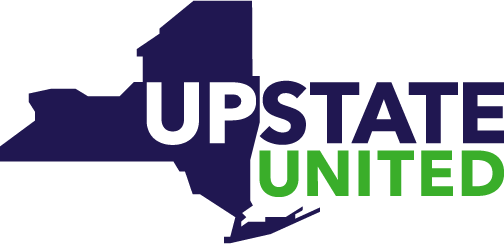Suicide Prevention Task Force Releases Report
April 29th, 2019
The first report from the New York State Suicide Prevention Task Force was released this week. Established by the Governor in November 2017, the Task Force is designed to increase awareness of and access to supportive services with a special focus on high-risk groups including veterans, Latina adolescents, and members of the LGBTQ community. Recommendations from the report include strengthening public health prevention efforts, integrating suicide prevention in healthcare, timely sharing of data for surveillance and planning, and infusing cultural competence throughout suicide prevention activities.
According to the report, the Task Force examined current programs, services, and statewide suicide prevention policies in order to identify gaps in resources and strengthen coordination between State and local partners. The group was co-chaired by Christopher Tavella, Ph.D, Executive Deputy Commissioner of the New York State Office of Mental Health, and Peter Wyman, Ph.D, Professor of Psychiatry, University of Rochester School of Medicine and Dentistry, and includes leaders from state agencies, local governments, not-for-profit groups, and other recognized experts in suicide prevention. The Task Force focused on vulnerable populations at greater risk for suicide, with special sub-committees created to examine how to better serve these groups.
The Task Force’s recommendations fall into four main categories and goals:
- Strengthening public health prevention efforts: Forging stronger partnerships with local communities, providing resources and expertise to assess local needs, and implementing research-informed prevention programs. Several recommendations are designed to jump-start State and community actions to expand the number of communities with prevention expertise to implement comprehensive public health prevention using best practices.
- Integrating suicide prevention in healthcare: Helping healthcare providers adopt a systematic approach to suicide prevention, which includes helping them to promote access to services, more effectively identify those at risk and utilize the most effective treatments.
- Timely sharing of data for surveillance and planning: Gathering and tracking data on regional trends in suicide rates and related behaviors is critically important to implement a high-quality public health prevention approach. By improving the availability of data, gaps in services can be addressed and local planning and prevention efforts can be enhanced.
- Infusing cultural competence throughout suicide prevention activities: Considering a community’s unique cultural and societal factors to develop effective programs and resources needed to create a suicide-free New York. Competence to address the needs of New York State’s diverse population is required across the full range of suicide prevention activities. In addition to tailoring services to address differences in race, gender, sexuality, and nationality, cultural competence includes the capacity for State agencies to differentiate programming needs of more rural and urban communities; competence within local coalitions to engage representatives of their diverse communities; recognition of the methods needed to reach each generation; and selection and tailoring of programming to suit the needs of each group at elevated risk for suicide.
